Fermented Indian Dosas
Your folders
Your folders
Prep Time: 1 hours
Cook Time: 5 minutes
Author : admin
Ingredients
Export 7 ingredients for grocery delivery
Instructions
Step 1
Soak rice in a medium vessel, covered with water by a couple of inches, for 6 to 8 hours. In another container, simultaneously soak lentils and fenugreek seeds, covered with water by at least 3 inches, for 6 to 8 hours.
Step 2
After the soaking process is complete, drain and rinse rice and lentils/fenugreek seeds separately.
Step 3
You are now going to be grinding the two elements, separately to achieve the right consistency, in a food processor or blender.
Step 4
Start by adding a couple of tablespoons of water to the grinder, followed by a handful of the lentils. Grind until fluffy and smooth, much like marshmallow fluff, in small batches adding handfuls of lentils and a couple of tablespoons of water at a time. This may take 15 minutes or so. Transfer lentil batter to a separate, very large vessel being careful not to remove too much air from the batter.
Step 5
Repeat with rice, but this time aim for a slightly gritty batter as opposed to the smooth batter of the lentils. Start by adding one cup of water to the machine then handfuls of rice at a time, with additional water to facilitate the grinding of the rice. This may take 20 or so minutes.
Step 6
Carefully transfer rice batter to the vessel containing lentil batter, again being careful not to remove air trapped in batter. Add salt and carefully mix the two batters with a clean hand or large spoon. Taste and add additional salt if the batter tastes flat. Be sure that the vessel has room for the batter to double in size. If not, pour half the batter into a separate vessel to allow room for expansion.
Step 7
Cover with a breathable lid such as a clean towel and secure to keep fruit flies out. Place in a warm spot such as an oven with a pilot light on, or atop a warm refrigerator.
Step 8
Ferment for 12 to 48 hours, depending on the temperature, or until batter appears to have doubled.
Step 9
Once fermented, the dough should be frothy and of pouring consistency, but not runny. If it is not of pouring consistency, add a little bit of water and stir very gently, being sure not to deflate dough.
Step 10
Preheat a 10-inch cast-iron skillet over high heat and allow the pan to heat up. Once you feel warmth coming off of it when you place a hand just above the bottom of the pan, test it by sprinkling a few drops of water on the bottom of the pan. If the water evaporates within 4 seconds it is ready.
Step 11
Oil half of a small onion on the cut side. Stab onion with a fork and move onion all around skillet to oil the pan.
Step 12
Ladle 1/4 cup of batter into the hot pan. With as little pressure as possible, use the back of your (metal) ladle to swirl the batter in concentric circles to fill the pan.
Step 13
When the batter is spread, drizzle a few drops of olive oil over the dosa in the pan.
Step 14
Cook over medium-high heat until the bottom is lightly brown. Now roll or fold the dosa out of the pan. There is no need to cook the other side unless you like a crisper dosa.
Step 15
Serve with Indian chutney, curry, or a bean dish.
Top similar recipes
Curated for youYour folders

 168 views
168 viewsDosas (Indian Rice And Lentil Panca...
myrecipes.com
2.5
(3)
Your folders

 87 views
87 viewsIndian Pancakes – Easy, Crispy Hom...
honestcooking.com
5.0
(5)
30 minutes
Your folders

 80 views
80 viewsIndian Dosa (fermented crepes)
luvele.co.nz
5.0
(1)
Your folders

 296 views
296 viewsYellow Bean and Spinach Dosas
theblendergirl.com
Your folders
 54 views
54 viewsYellow Bean and Spinach Dosas
theblendergirl.com
Your folders
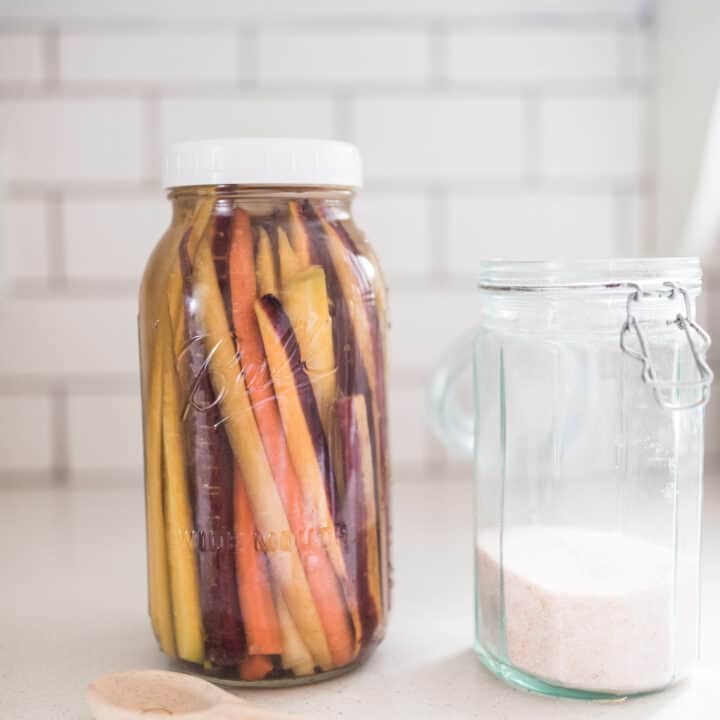
 461 views
461 viewsFermented Carrots
farmhouseonboone.com
4.6
(33)
Your folders
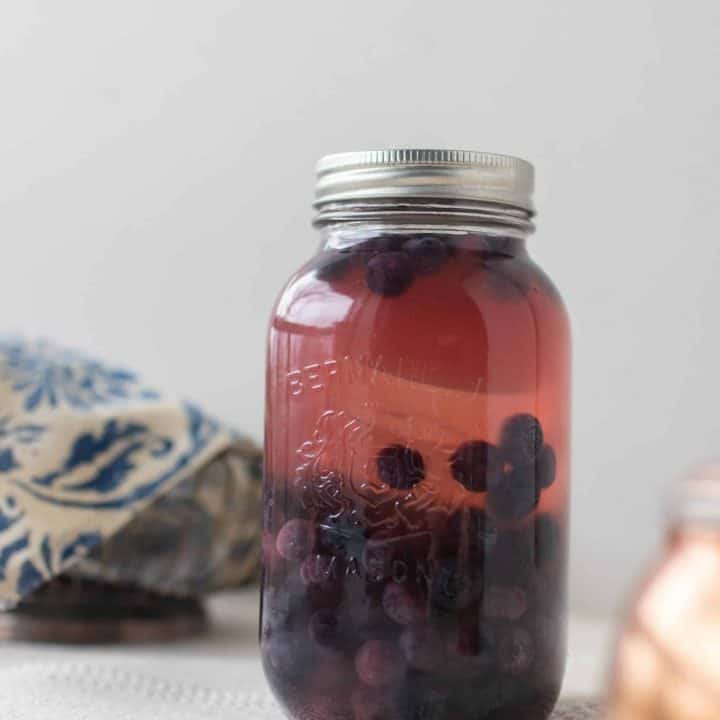
 264 views
264 viewsFermented Fruit
farmhouseonboone.com
Your folders

 480 views
480 viewsFermented Oatmeal
fermentingforfoodies.com
4.8
(5)
10 minutes
Your folders

 225 views
225 viewsFermented Chimichurri
ultimatefoodpreservation.com
Your folders

 207 views
207 viewsFermented Strawberries
practicalselfreliance.com
4.0
(1)
Your folders

 288 views
288 viewsFermented honey
simplybeyondherbs.com
5.0
(2)
20 minutes
Your folders
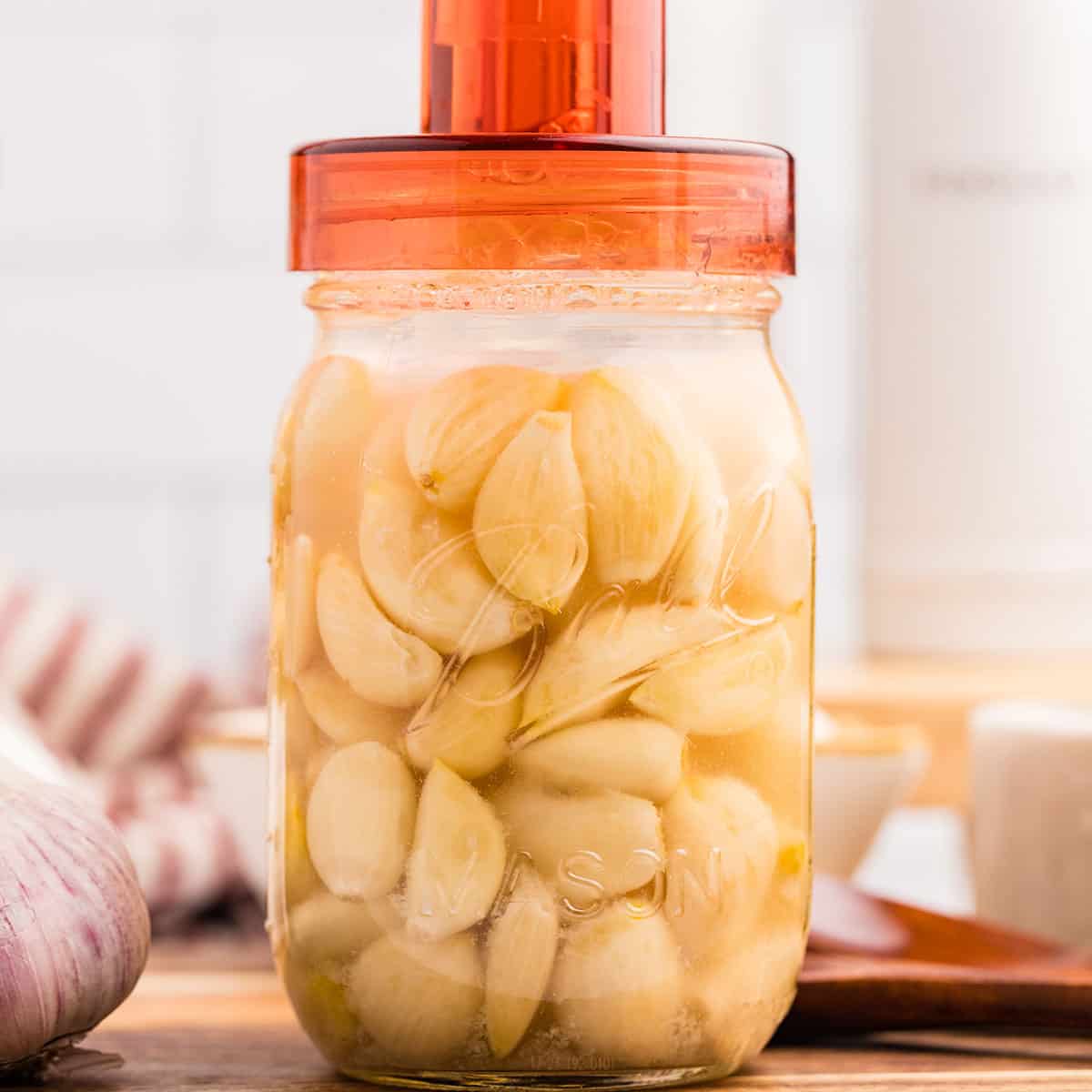
 185 views
185 viewsFermented Garlic
growforagecookferment.com
Your folders

 356 views
356 viewsFermented Onions
fermentingforfoodies.com
5.0
(1)
Your folders
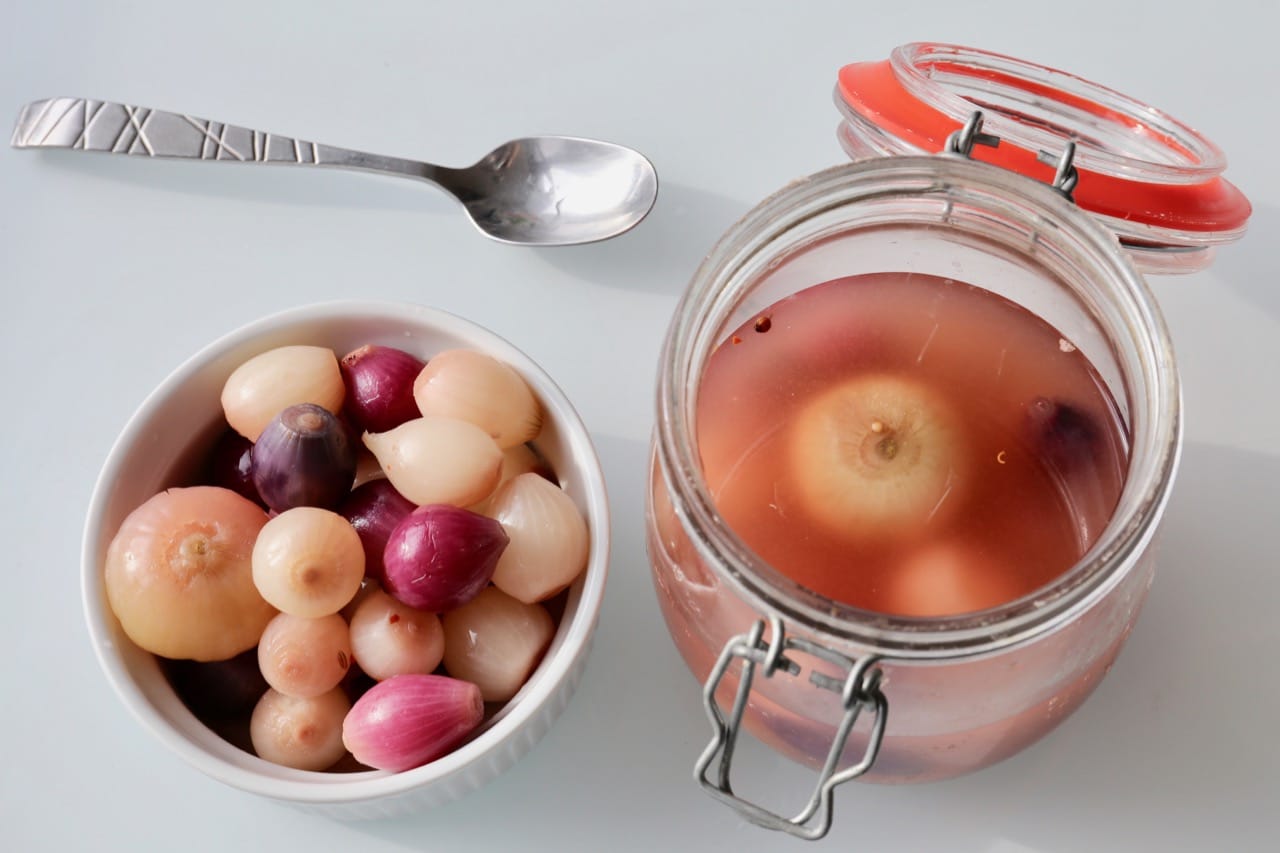
 701 views
701 viewsFermented Onions
dobbernationloves.com
4.9
(7)
Your folders
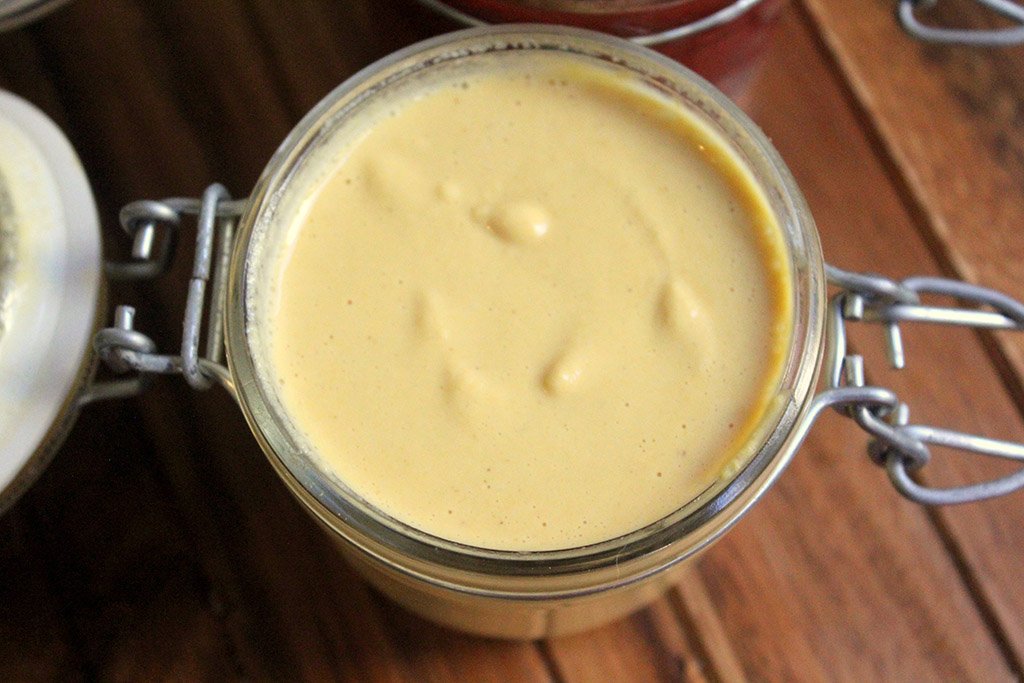
 255 views
255 viewsFermented Mustard
culturedfoodlife.com
Your folders
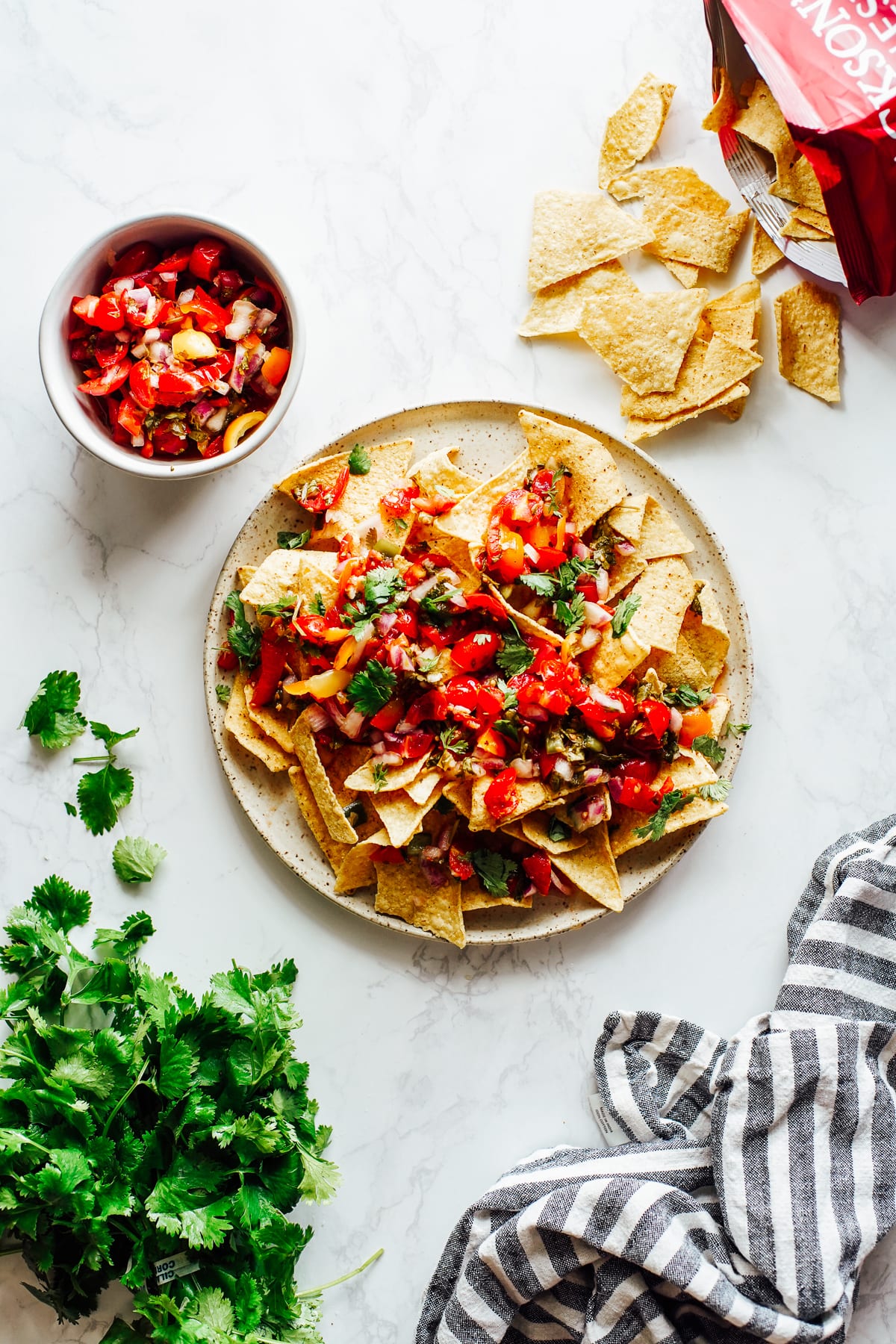
 553 views
553 viewsFermented Salsa
livesimply.me
4.7
(3)
Your folders

 372 views
372 viewsFermented Tomatoes
homesteadingfamily.com
4.3
(25)
Your folders
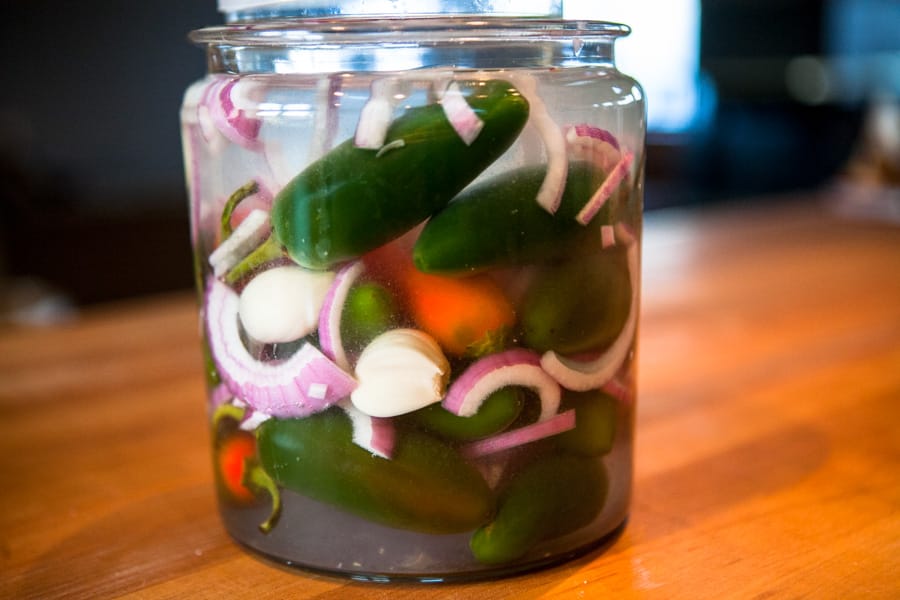
 268 views
268 viewsFermented Jalapenos
fermentationrecipes.com
5.0
(4)
Your folders
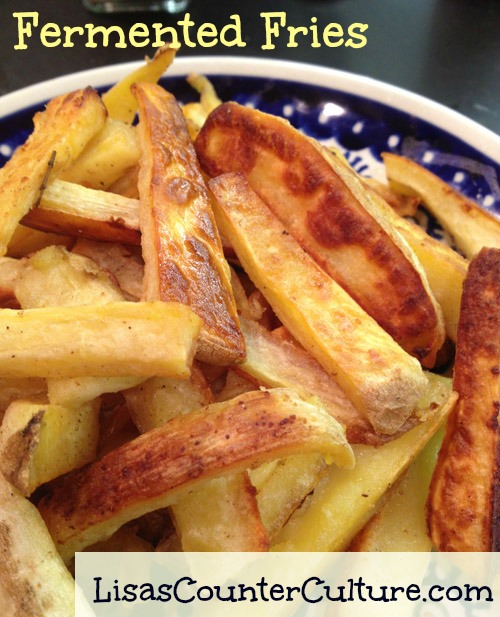
 209 views
209 viewsFermented Fries
lisascounterculture.com